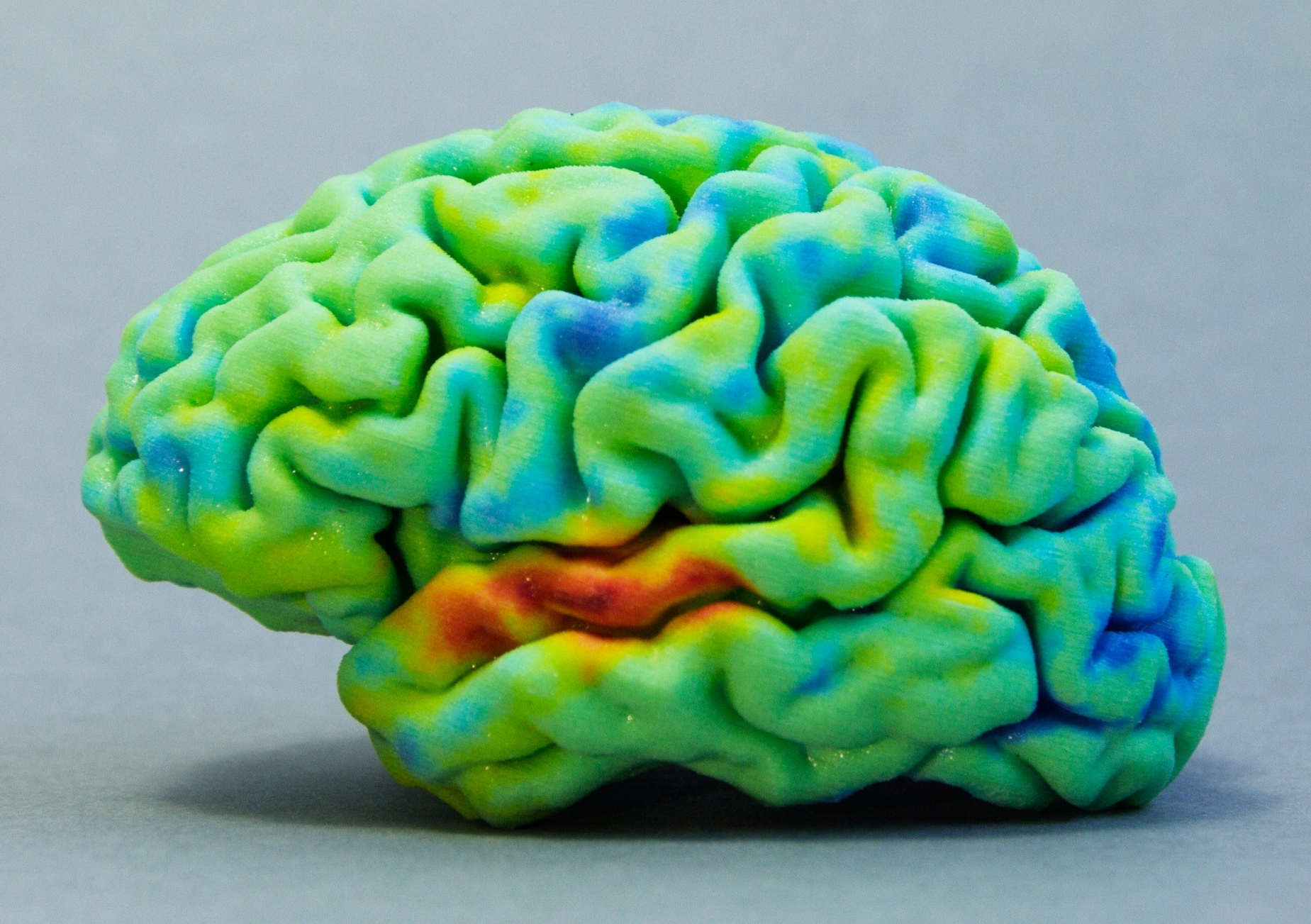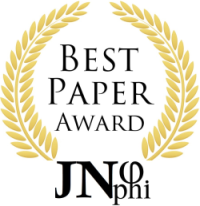What Is Authentic Personal Identity? A Philosopher Asks Neuroscientists
Abstract
Personal identity is arguably the most critical aspect of human existence. A failure to understand who we are—as expressed in the ancient injunction “Know thyself”—or the presence of fragmented or conflicted identities can give rise to strife, ranging from interpersonal altercations and domestic violence to full-scale wars. This paper presents an interdisciplinary framework that integrates the dualities of reductionism and holism, as well as mind–body dualism, which are dialectically united in a common substratum supporting the concept of identity. The model draws on biology—including genetics and neuroscience—as well as logic and arithmetics, to offer a digital description of identity. The philosophical contributions of several philosophers illustrate how logic underpins both psychological development and the ontology of being. The physical dimension of identity begins with neuroanatomy and its fine structures, progressively reduced to genetic mechanisms, molecular processes, and atomic configurations governed by valence geometry. Quantum considerations are introduced to address the deeper substratum and latent human potential. To counterbalance the reductionist analysis, a holistic approach—Authentic Systems—is proposed. This model seeks to uncover personal identity through the identification and interpretation of an individual’s life theme: a consistent behavioral pattern observed across the lifespan. Together, these approaches aim to provide a comprehensive understanding of personal identity at the intersection of the biological, psychological, and philosophical domains.
Downloads
Metrics
References
Allen Institute for Brain Science. Allen Institute for Brain Science. Seattle, WA: Allen Institute. Available at: https://alleninstitute.org/division/brain-science/. Accessed July 28, 2025.
Aristotle. The Basic Works of Aristotle. McKeon R, ed. New York: Random House; 1941. Available at: https://ia801209.us.archive.org/19/items/aristotle-basic-works-mc-keon/Aristotle%20-%20Basic%20Works%20%5BMcKeon%5D.pdf. Accessed July 28, 2025.
Battaglia S, Avenanti A, Vécsei L, Tanaka M. Neural correlates and molecular mechanisms of memory and learning. Int J Mol Sci. 2024;25(5):2724.
Bayne T. Nobody knows how consciousness works - but top researchers are fighting over which theories are really science. The Conversation. September 27, 2023. Available at: https://theconversation.com/nobody-knows-how-consciousness-works-but-top-researchers-are-fighting-over-which-theories-are-really-science-214074. Accessed July 28, 2025.
Bertolet A, Ramos-Méndez J, McNamara A, et al. Impact of DNA geometry and scoring on Monte Carlo track-structure simulations of initial radiation-induced damage. Radiat Res. 2022;198(3):207-220.
Downloads
Published
How to Cite
Issue
Section
Categories
License
Copyright (c) 2025 Jeremy Horne

This work is licensed under a Creative Commons Attribution-NonCommercial-ShareAlike 4.0 International License.
Authors continue to hold copyright with no restrictions.














